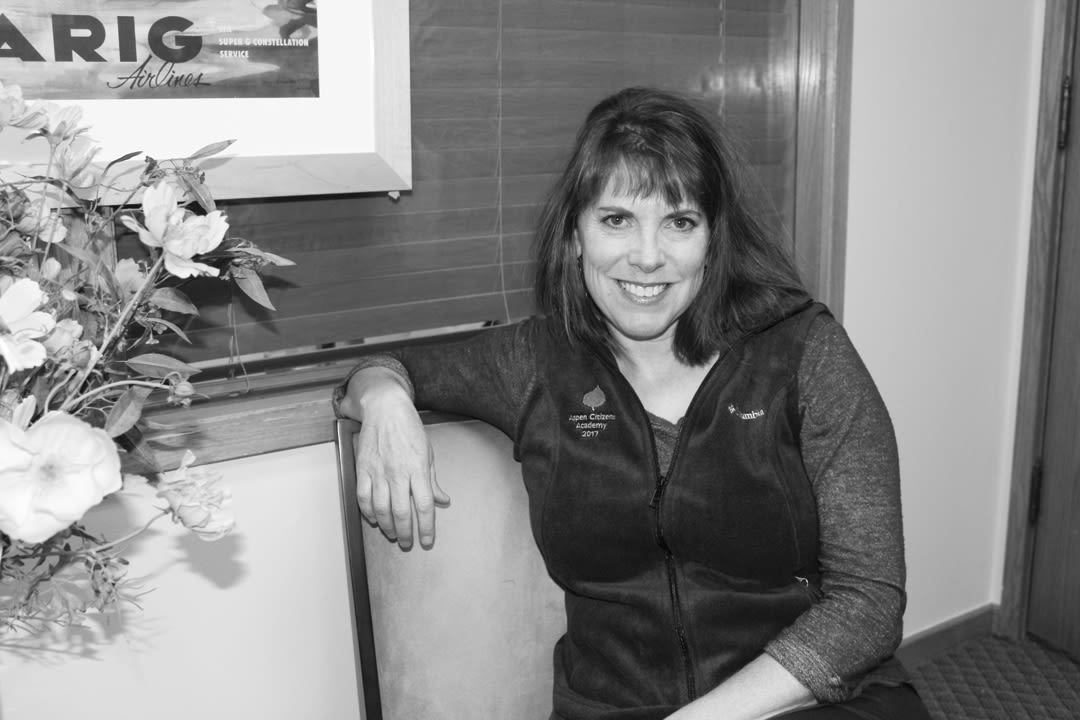Editor’s Note: Midwinter/Spring Issue 2017

Image: Nancy M. Mayer
This January, I finally became a full citizen. Granted, I’ve been a citizen my whole life (and a proud first-generation American, born to two German parents), but along with 16 classmates, I recently equipped myself for full civic engagement by graduating from Aspen’s first Citizens Academy.
The citizens academy was conceived in England in 1977, with the aim of educating civilians about police operations; the first US academy took place eight years later. Today, many academies still focus on law enforcement, but others, like Aspen’s, cover all facets of what makes a city tick, from decision-making to budgeting to infrastructure to recreation. In short, they’re designed to promote better informed and engaged citizens.
In 2015, Aspen hired Michelle Holder to spearhead a local program. Holder had researched the value of citizens academies during her graduate studies at the University of North Carolina. The second Aspen academy will take place in August.
Over nine three-hour sessions, with assistant city manager Barry Crook serving as master of ceremonies, I learned about Aspen’s home-rule government (it gives the city more power vis-à-vis the state in enacting laws) and its visionary program for selling transferable development rights related to historic homes (one of just a handful in the country). Presenters delved into Aspen’s pioneering work in energy efficiency, climate change awareness, and subsidized housing. We heard directly from some of those profiled in Aspen Sojourner’s holiday issue story on Aspen’s 50 most powerful people: Steve Skadron, Gena Buhler, Steve Barwick, Richard Pryor, Alan Fletcher, Mitch Osur, and Crook.
Some of the information was surprising. During a session with the police department, Sergeant Rick Magnuson told us one of the most frequent complaints received, via city surveys, is that people don’t feel safe crossing Main Street. (The officers also showed us the cool tools they carry around in their multipocketed vests.)
Perhaps not surprisingly in a town as focused on fitness as we are, the city’s largest department is parks and recreation, with 34 year-round full-time employees. In addition to overseeing 30 parks and playgrounds, 1,300-plus acres of open space, miles of trails, and recreation facilities, the department manages our high-altitude forestry program, with more than 8,000 trees.
My classmates ranged from 80-year-old Richard Lai, who helped design Aspen’s original pedestrian mall, to 30-year-old Skippy Mesirow, who has already participated on more city boards and commissions than most of us will in a lifetime. Councilman Bert Myrin audited so many sessions he was like an honorary class member. We peppered presenters with questions about affordable housing, traffic, building codes, taxes, renewable energy, and local history. We toured the library, the Wheeler, the downtown core, city parks, the Maroon Creek hydroelectric facility, and the water treatment plant.
At the end of four months, we gained crucial knowledge of how things work in our local government; huge appreciation for the time, energy, and passion our fellow citizens bring to their roles in that government; and more confidence in how to effect change. Perhaps most important, Aspen’s government now has a face, and that makes it easier to interact and be heard, and harder to be complacent.













































